Make the most of your bathroom space by shining a light in all the right places…
• Safety first – Make sure all your bathroom fittings are safety-compliant. They must be totally encased to withstand moisture.
• Sort by type – Bathroom lighting can be divided according to its purpose. The most common distinctions are ‘task,’ ‘ambient,’ ‘accent’ and ‘decorative’ lighting. Layering them effectively will leave you with a bathroom that is both inviting and functional.
• Task lighting – This highlights particular areas, such as the vanity and mirror, for shaving, applying make-up, etc. Ideally, mount a pair of sconces at eye level on either side of the bathroom mirror to prevent shadows. Vertical light bars on the mirrors will also offer bright lighting, plus you can invest in a swing-arm vanity mirror to make close-up grooming easier – most of these mirrors have two sides: one for standard viewing, one with magnification. Another option is to invest in a mirror that’s backlit.
• Ambient lighting – This supplies general ‘all-round’ illumination; it fills the room and sets the overall mood.
• Accent lighting – This is for concentrating light on your bathroom’s best features. Accent lighting creates specific effects, highlights a particular architectural detail or spotlights an interesting aesthetic feature.
• Decorative lighting – This adds flair to the overall look and feel of the room. Sometimes a single, statement pendant is all you need for a bit of sparkle. Look for something that complements the rest of your bathroom space. Even coloured lampshades and/or lanterns can be put to work in a bathroom, with striking effect. Thin LED strip-lighting under a vanity and/or around a mirror can also enhance the space.
• Things to avoid – Try to avoid installing a light directly above a mirror. Not only will it throw a strong light onto your forehead and cast shadows under your eyes, nose and chin, it’s also totally ineffective for applying make-up or shaving – not to mention totally unflattering. Recessed ceiling fixtures installed directly over the basin will do the same, so try to avoid these too. Or, at the very least, put them on a separate switch from the task lighting.
• Consider using dimmers – Especially for lights that are situated over the bath, where relaxation is key.
• Reflect light – Use large mirrors in a small bathroom to reflect all the available light sources.
• Back to basics – Don’t forget that candlelight also offers wonderful ambient light. Just be sure to keep them away from the towels and such, and don’t leave them unattended.
• Choosing bulbs – Clear bulbs with visible filaments are quite popular these days, but they do tend to cast shadows. For the bathroom, rather opt for frosted or opaque bulbs. And don’t forget to buy the energy-efficient kind.
• Set the right ‘colour temperature’ – The colour of the lights you use can also make a big difference. Are you after ‘warm’ or ‘cool’ light? Cool white light is perfect for task lighting, while warm light is ideal for ambient lighting as you need warmth to make the room feel inviting.
• Bigger means more – In large bathrooms, light from extra sources, such as recessed lights and ceiling fixtures, may be necessary for enough overall coverage.
• Don’t underestimate the use of natural light – Be it sourced from large windows or even a skylight.
• Try multiple light switches – This will help you ‘customize’ the amount of light in the room to suit your needs.
• Try sensors – This works especially well in toilet cubicles; a light switches on when it detects movement and remains on for a certain amount of time before automatically switching off again. They’re excellent for energy-saving.
• Smart lighting – Why not light the inside of your cabinets under the basin? Not a bad idea.
• Call a professional – If you’re sitting with a single ceiling light at the moment and you want to do a major overall of the lighting situation in your bathroom (ie: add task, accent and decorative lighting, etc) rather call a qualified electrician.




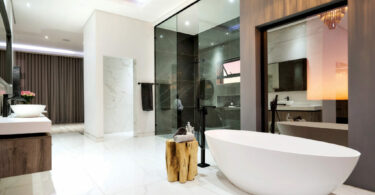
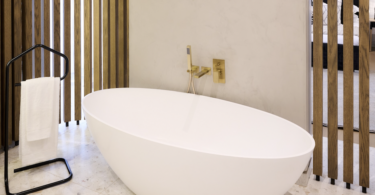
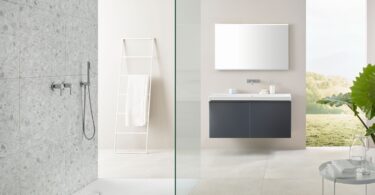

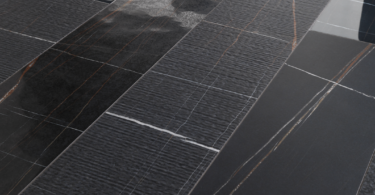
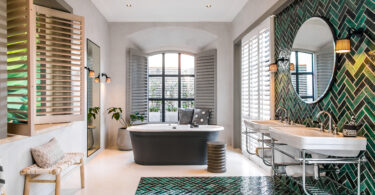
Leave a Comment